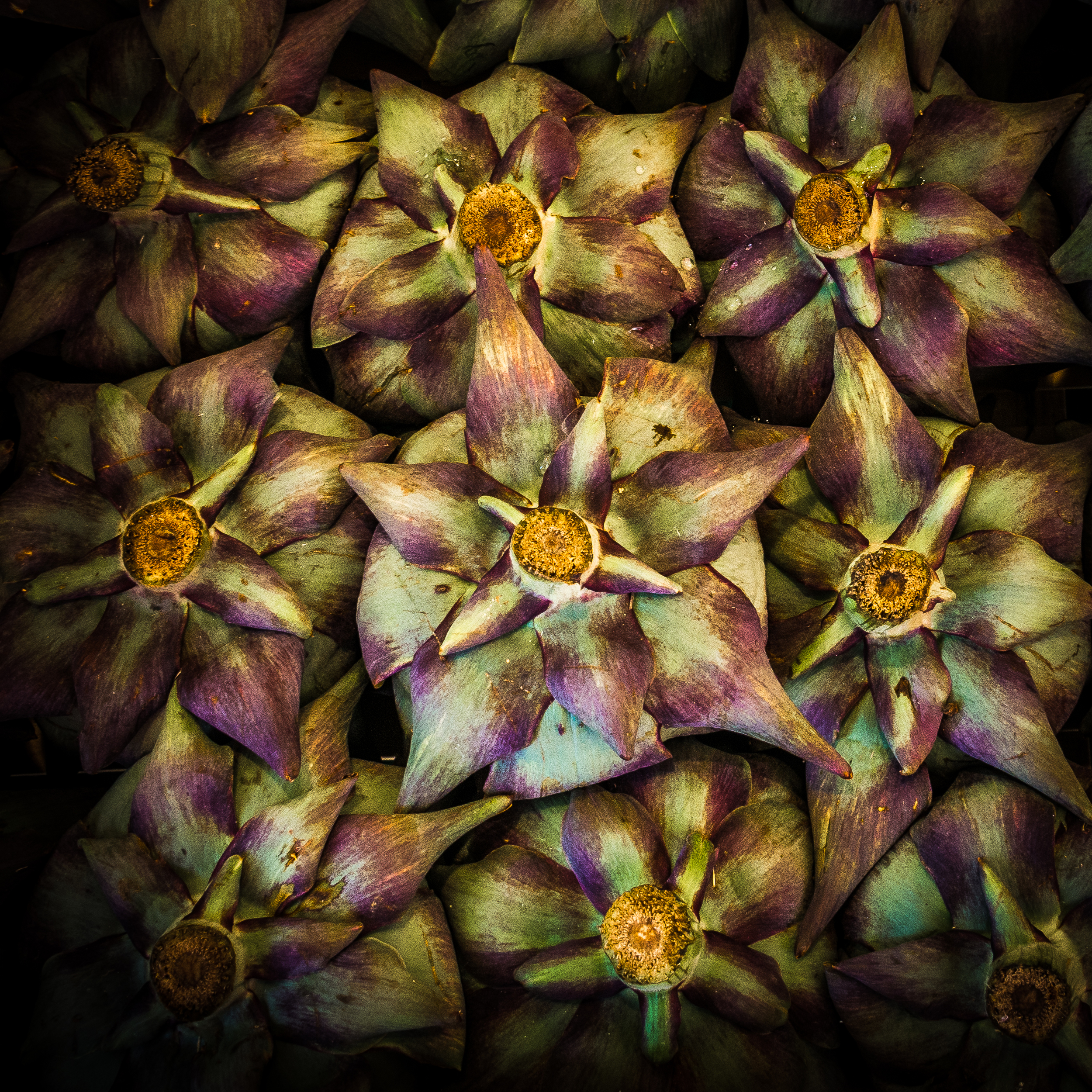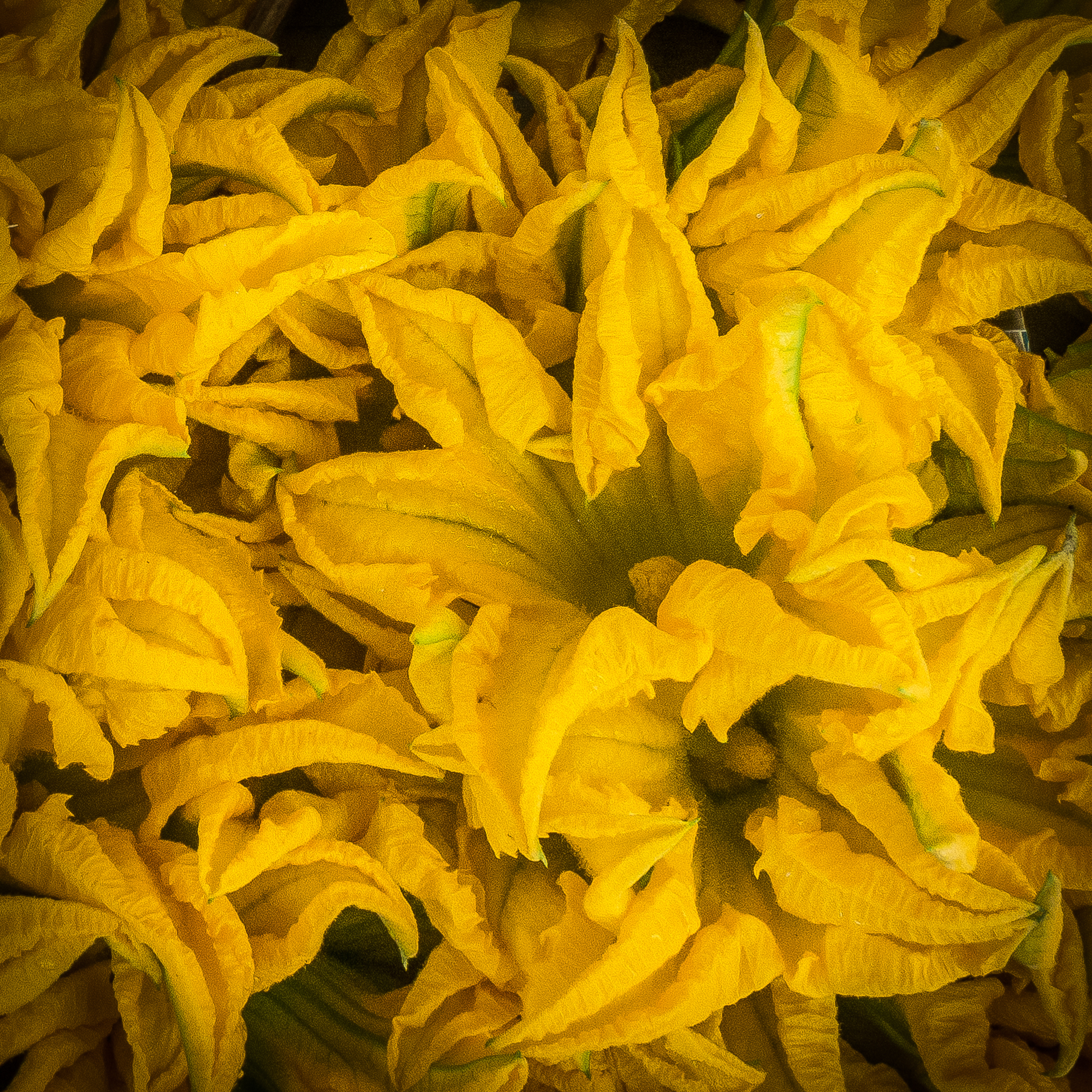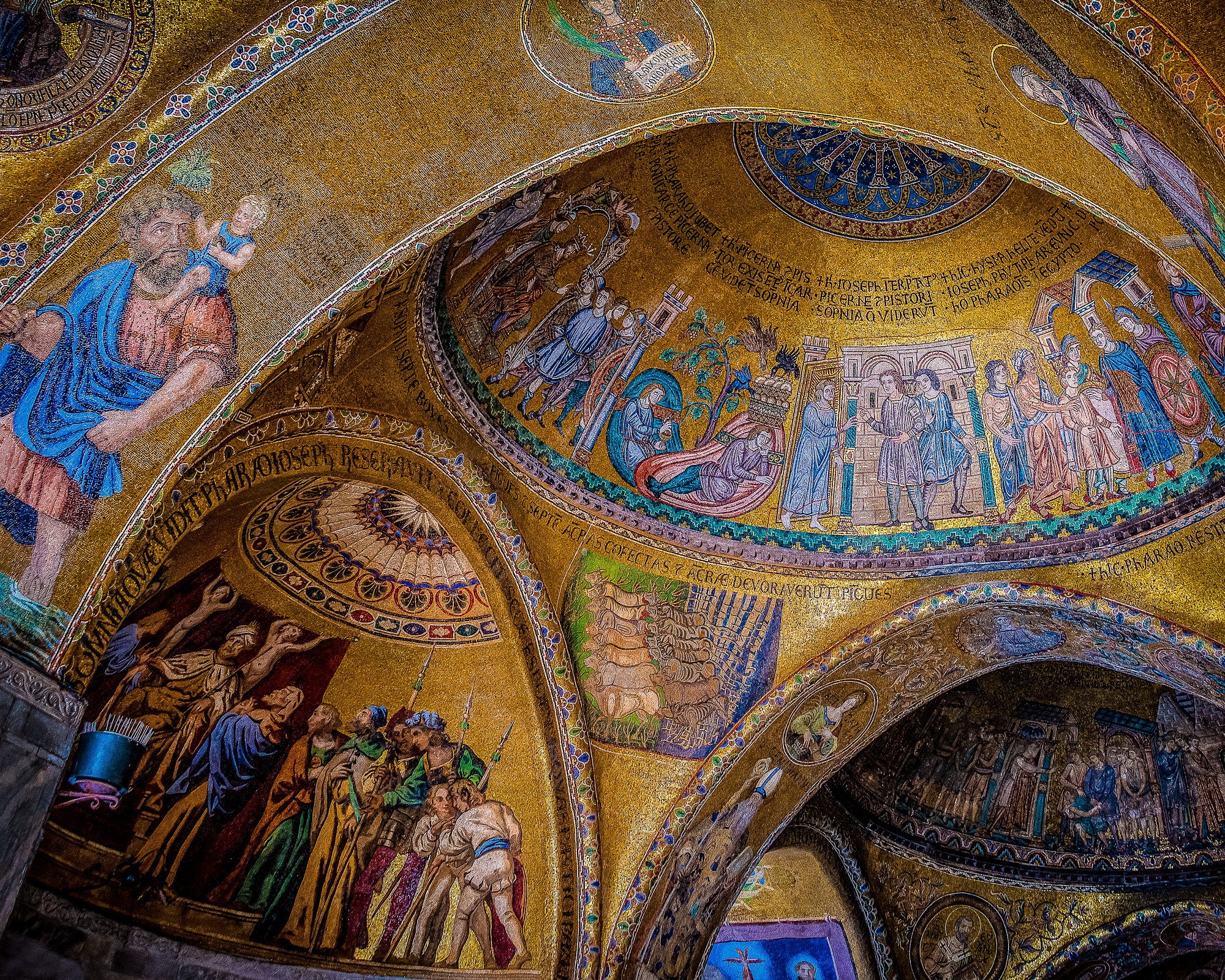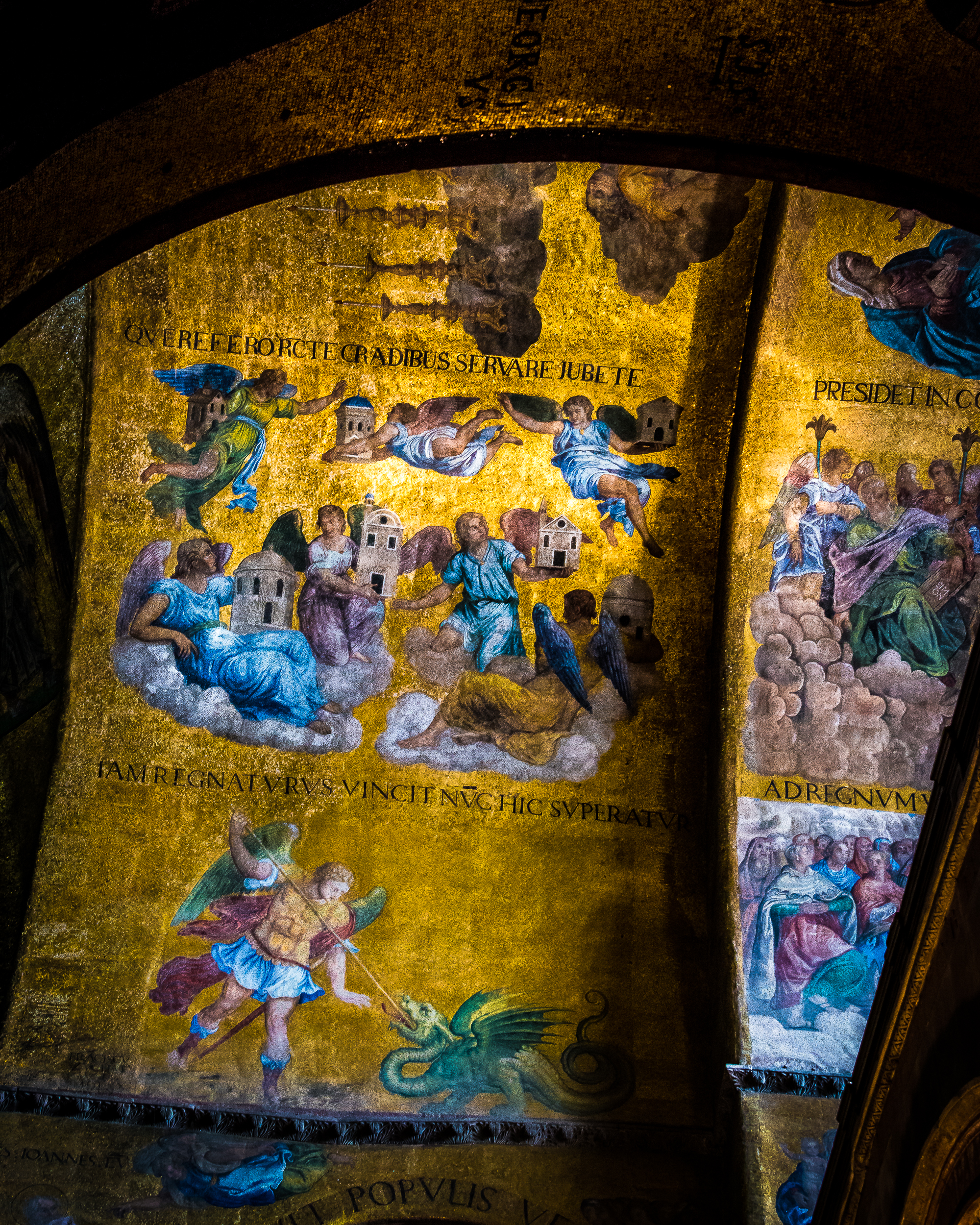Just got back from Las Vegas with my bride, celebrating our 43 years of marriage. My, how time flies. So, today, just a short transformation of two water gates from Venice.
You’ve seen my transformations before…some simple, and some a bit complex. Today’s has a mix of both.
First of all, what is a watergate? In Venice, one travels by foot or by boat. No, there are no automobiles. No, there are no bicycles. The only way to get around is by foot or boat. So, boats are an important part of the transportation sytem in Venice.
Buildings in Venice, whether hotels, homes, or businesses, have entry doors on a calle, or pedestrian street. But, many also have a door that opens onto one of the 150 or so canals. For a restaurant, for instance, a supply boat can pull up to the watergate to unload produce. For a hotel, a water taxi or gondola can pull up to the watergate to load or discharge passengers. Many hotels have this feature. So, let’s do some transformation of a couple of snapshots into into fine-art photos.
Transformation #1
So, here is the first snapshot of a watergate that I will transform for you. This is a pretty simple transformation.
As you can see, this is indeed just a snapshot…there is not much charm in this photo, and you would definitely not want such a photo hanging on your wall.
One thing you will notice is that the carving of the nice man (I don’t know what else to call him!) is barely in the photo. And of course, the photo is not level. And, it just doesn’t look very nice, and there is no point of interest, and there is very little in the way of pleasing color.
So, after just a small bit of work, here is my interpretation of this particular canal-side watergate.
The photo has been straightened, the loose head is now more prominent in the photo, and I have livened up that dull door a bit. I hope that you will agree that this is a much more pleasing photo of a Venetian watergate.
Transformation #2
Here is another watergate snapshot from one of many trips to Venice.
I completely blew the capture of this watergate. I failed to even get the top of the watergate’s decorative arch and grill work. Hmmm, I’ll have to figure out how to resolve that issue.
And what about that boat? That’s not the sort of boat I like to see as I strive to present you with a timeless Italy. So, I’ll have to do something about that boat, too.
Do you think that a Venice of yesteryear would have those electrical conduits on the outside of the building? I don’t either…so I’ll have to resolve that issue.
After a bit of work, here is my first try.
Photo straightened? Check. Conduits removed? Check. Wire hanging down to that window on the right removed? Check. Arch rebuilt? Nope. Boat removed? Nope.
As you’ll see in the photo below, with a good bit more work in the pretty-darned-creative department, I’ve now removed the boat. That was a bit of work, as I couldn’t get the motor started. But, perseverance paid off.
Now about that arch. I just couldn’t figure a good way to imagine what the top looked like, nor how to construct it. So, if you look above at Transformation #1, you can see that I just borrowed that photo’s arched opening and wallah, it’s done.
As I found that window at top left distracting and I didn’t want to build a new one, I just took it out and added a bit more brick work at the top of the photo to frame the watergate better.
The door to the watergate? I gave it a bit of color. But, I’m still happy with that.
Below, I’ve added a bit of ancient Venetian patina to the photo. But, that door is still lost in the photo, and it is the star of the show.
Finally, here is the finished transformation. No boat. No conduits and wires. No missing arched opening. And, a bit more color.
I hope you have enjoyed today’s transformations. And oh, if you are staying in a hotel with a watergate, when the doors are opened, please don’t step out unless a boat is present!
Ciao for now,
Steve























































